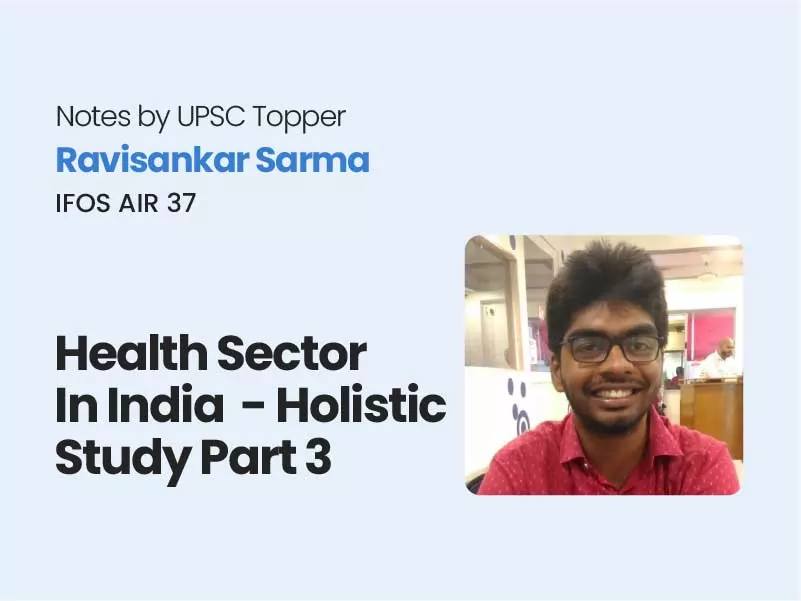Companion@360 → 7 Month programme to sharpen your writing skills → REGISTER NOW

Multi-Dimensional Poverty Index (By Oxford Poverty and Human Development Initiative + UNDP)
Parameters used:
- Health – Nutrition, Child Mortality
- Education – Mean Schooling Years, Net Attendance Ratio
- Standard of living- Drinking water, Sanitation, Electricity, Assets(Housing), Cooking Fuel
Socio-Economic Caste Census
- Used for identifying beneficiaries for MGNREGA and other social security schemes
- Used the term ‘excluded households’ depending on ownership and nature of land and assets, head of the family’s caste, gender and disability, education of family members
- Automatic exclusion and inclusion parameters were used
- Example: Household paying income tax automatically excluded
- Manual Scavenger families are automatically included
Why SECC
- Earlier method used to identify those suffering from poverty – Tendulkar or Rangarajan- by identifying a basket of basic necessities and computing corresponding monetary requirements pegged minimal income requirement too low
- Helps to move to a principle of program specific indicators for program specific entitlements
- A more dynamic approach was hence deemed necessary for identifying deprived sections of society and thus SECC came into being
Objectives of SECC
- Targeting of Beneficiaries: Enable ranking of households in terms of socio-economic status which can then be utilised for state governments to prepare a list of BPL families where social benefit schemes can be targeted at.
- MGNREGA and NHPS are targeted at beneficiaries according to SECC
- Caste wise Enumeration: Make available authentic information for caste wise enumeration of population and education status of caste sections of the population
Criticisms
- Incorrect Data: Non-confidentiality of census means respondents may have wilfully provided wrong data for entitlement of benefits
- Unequal coverage across various districts and states
- Number of manual scavengers grossly underestimated
Causes of Poverty in India
Social Causes
- Casteism – Occupational Stagnation
Eg: Manual Scavengers
- Patriarchal Mindset- Women are confined to their chores within households affecting economic productivity of the family
- Health and Sanitation- Highest out of pocket expenditure of households which are largely vulnerable to diseases brewing out of lack of hygiene, access to clean drinking water and sanitation
- Large Population – Greater stress on resources which widen chasm of inequitable benefit attainment
Economic Causes
- Education and Skilling– Lack of schooling and higher education resulting in lower employability in jobs that pay sufficiently. Hence they are confined to low earning jobs like agriculture, construction workers, coolies, street vendors etc.
- Disguised Unemployment- Low productivity in agriculture
- Fragmented Landholdings
- Poverty itself being a cause transmitted from one generation to another as the next generation are not able to draw on opportunities due to financial restrictions imposed on them
Political Causes
- Lack of political will
- Inequitable distribution of benefits and entitlements in proportion to need of sections
- Colonial Legacy
- Slow and ineffective implementation of land reforms
Cultural Causes: Many of the tribal population like the Jarawas withdraw themselves from the mainstream. They continue to live an aboriginal life isolated from modern technology and production. This perpetuates low incomes and lack of access to education and health.
Addressing Poverty through Government Interventions
Assistive Development
The government plays the role of a welfare state and assists the vulnerable population by providing them financial and other means of support. In this mode of development, the beneficiary itself is not involved in the process as she is only a receiver of government aid in the form of cash or kind
Entitlements through Financial Support
National Social Assistance Programme – Ministry of Rural Development
- Provides social pensions to the elderly, destitute and citizens with disabilities.
- Depends on an income of the citizen – any citizen lacking regular funds in the form of regular income or assistance from family members.
- Concurrent with Article 41- DPSP- Public Assistance in case of unemployment due to old age, sickness and disablement.
Constitutional Inspiration
Article 41- State shall within the limits of its economic capacity and development, endeavour to recognize the right to work, education and public assistance in case of old age, sickness, disability and unemployment.
The NSAP includes three components:
National Old Age Pension Scheme (NOAPS);
National Family Benefit Scheme (NFBS);
National Maternity Benefit Scheme (NMBS).
Launched in 1995; later on Indira Gandhi Widow Pension Scheme and Indira Gandhi National Disability Pension were merged with this programme.
The NSAP is extended to cover all individuals living below the poverty line.
IGNOAPS
Above 60 years, below the poverty line
IGNWPS
Above 40 years, widow, below the poverty line
IGNDPS
Above 18, >80% disability, above the poverty line
National Family Benefit Scheme
Breadwinner dies between ages of 18-60; ‘lump sum’ assistance of Rs20000 is provided.
Annapurna Scheme
10kg of rice for beneficiaries per month who are senior citizens not covered under IGNOAPS.
Public Distribution System- Ministry of Consumer Affairs, Food and Public Distribution
PDS is an institutional framework or supply chain consisting of distribution of food grains and other basic necessities like kerosene and sugar to deprived sections at affordable prices through fair price shops
Till 1992, PDS was universal and later shifted to Targeted PDS for streamlining distribution so that deserving beneficiaries are benefited more.
The Supply Chain
The farmer produces—à Government procures the grains—à Stores in FCI——à Transportation to States—-à Distributed to Fair price shops—-à Beneficiary
Allocation of food grains according to 1. Number of BPL beneficiaries 2. Agricultural production
